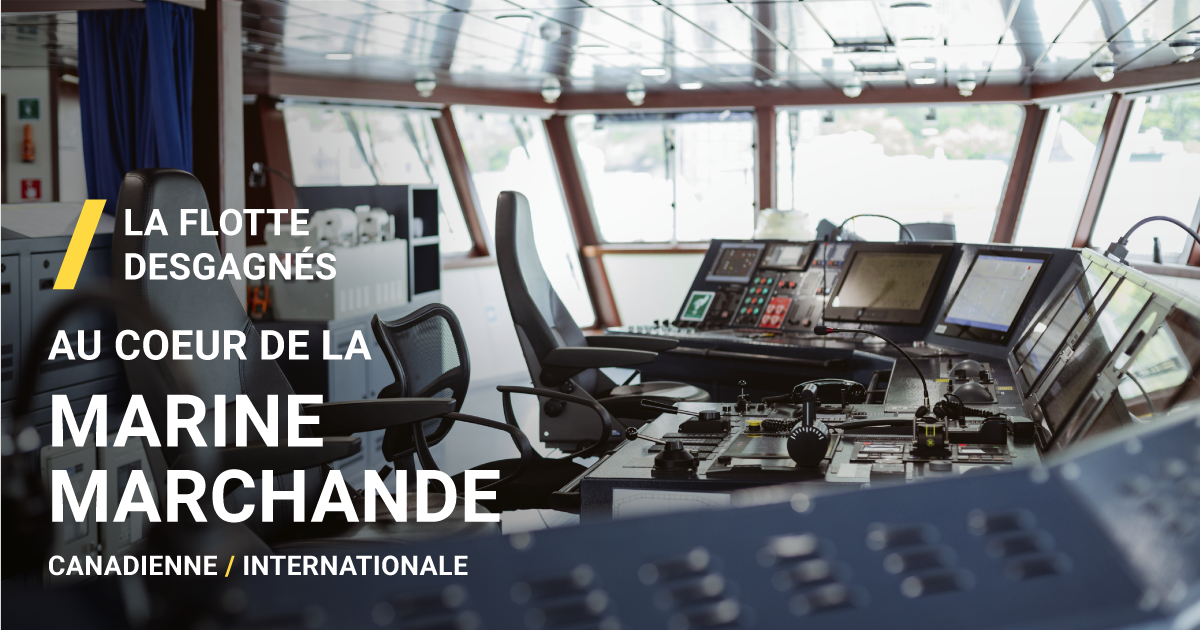Colin Parkinson
Army.ca Myth
- Reaction score
- 13,046
- Points
- 1,160
A good news story that speaks partly to what we are talking about http://www.cbc.ca/news/canada/thunder-bay/teen-first-nation-drinking-water-1.3563110

And ensuring the pool of such keeners grows to avoid having only a few keeners getting so good that they get poached away to bigger, higher-paying jobs without leaving keen replacements behind.Chris Pook said:Good on the youngster. I hope they can figure out how to maintain a dozen just like him. As we've noted before, the issue is not just one of supplying the plant but of finding the people to operate and maintain it. And allowing people to take pride in their efforts.
Further to your posting,for your perusal and comment.Thucydides said:Oddly, I was on the same website, but came across a different vehicle. The Standard 8X8 chassis was developed as a private venture to build a family of high mobility cross country vehicles. One of the first demonstrated was a vehicle carrying a 20mm Vulcan cannon for SHORAD (the same cannon carried by the M-163), but the concept was expanded to include proposals for transport trucks, artillery prime movers and so on.
http://www.thedrive.com/the-war-zone/21002/excalibur-was-a-vulcan-gatling-gun-wielding-air-defense-vehicle-straight-out-of-g-i-joe
With wider diameter tires (or even very enlarged "Rollagon" type wheels) it probably would make for a cheaper MTV, and as a "Family of vehicles" would provide that logistical commonality and economy of scale when buying and using them.
The [US] Army is looking for a new all-around vehicle that can swim, climb and charge through snow
By: Todd South 17 hours ago
/arc-anglerfish-arc2-prod-mco.s3.amazonaws.com/public/CIUHELSWABAOBLJQK3LSC64BYE.jpg)
BAE Systems is one company vying to replace the more than 40-year-old tracked, Small Unit Support Vehicle for the Army, Marines and National Guard. They're offering the modernized BvS10, which comes in armored and unarmored versions. (BAE Systems)
After more than 40 years of service, the robust little all-terrain vehicle that can climb mountains, ford rivers and churn through snow needs replacing.
And the Army, Marines and National Guard are asking industry to give them a new ride.
Back in June, Army Contracting Command officials put out a Request for Information for industry to share what they think can replace the Small Unit Support Vehicle, a tracked vehicle that’s been in service since the mid-1970s.
At one point, there were 1,100 of them in the U.S. military inventory. Now, only a few dozen remain, mostly in service in cold weather areas such as U.S. Army Alaska.
The new program to replace the SUSV has been dubbed the “Joint All Weather All Terrain Support Vehicle," or JAASV.
Chris Pook said:Bump - Bv206 replacement programme
https://www.armytimes.com/news/your-army/2018/08/30/the-army-is-looking-for-a-new-all-around-vehicle-that-can-swim-climb-and-charge-through-snow/
Colin P said:No doubt we are going to attempt to recreate Bobcat 2.0
Reviving an old thread, based on an interesting article from Strategypage:
Sea Transportation: Saving The Sevmorput
The world’s only nuclear-powered non-military ships are operated by Russia These include five nuclear powered icebreakers and one cargo ship, the Sevmorput While Russia is building five new nuclear icebreakers, the first one completed has run intstrategypage.com
While a nuclear powered, semi icebreaker LASH (Lighters Aboard Ship) might be a bit much, given the extreme conditions that it is ment to operate under, the Sevmorput is perhaps the most reasonable solution possible for the arctic. Certainly Canada is now moving towards developing small, modular nuclear powerplants, so we could indeed go that way if desired, but even without nuclear power, this type of ship seems ideal to provide logistics support to the far North for most of the year. The use of on board lighters allows you to send supplies even into shallow waters, and the Sevmorput also has several on board cranes so it can transfer cargo containers and other supplies and equipment to a dock as well.
One thing that "we" collectively don't have a real handle on is how to support large scale operations in the arctic. Thinking about ships like this could be one way to extend our reach.

